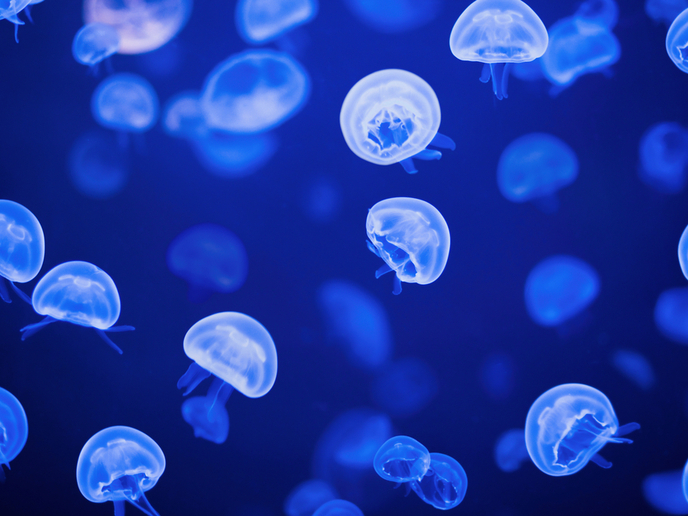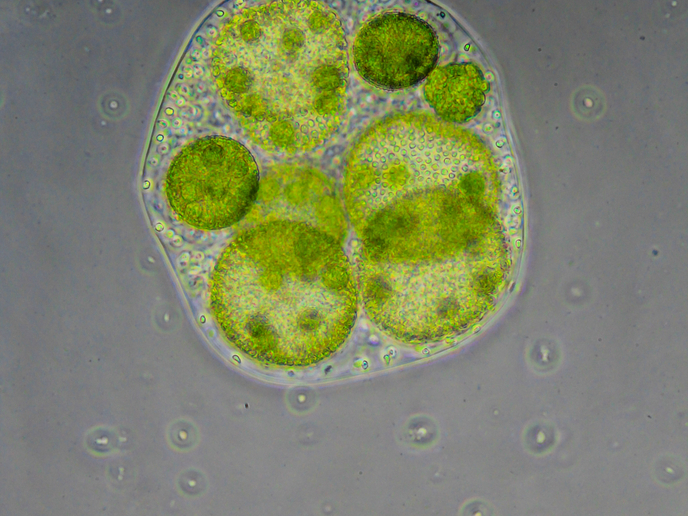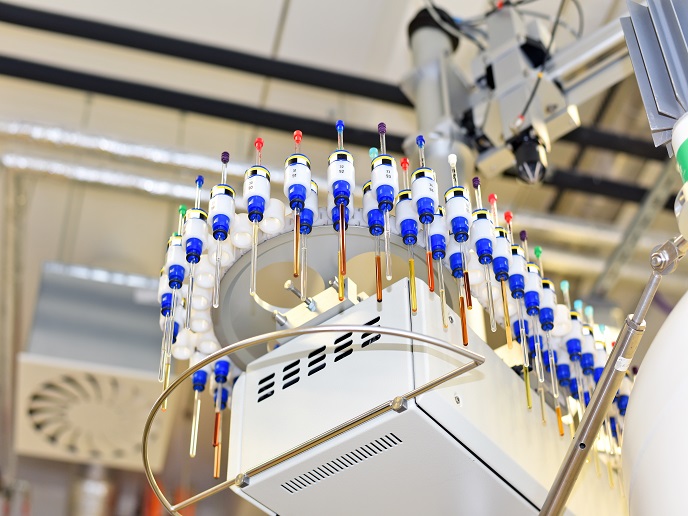Tough marine-sourced enzymes ready to shake up industry
“The EU-funded INMARE project has been a huge success,” says project coordinator Professor Peter Golyshin from Bangor University in the UK. “We’ve created a massive range of resources that will help to significantly shorten and streamline the industrial enzyme discovery pipeline.” This was achieved by identifying enzymes already adapted to tough industrial processes due to the harsh marine environment from which they were extracted. Enzymes are used extensively in industry and are a crucial ingredient for sectors such as brewing, detergents and paper manufacturing where biological catalysts are needed. Marine microorganisms – such as bacteria, fungi, sponges and algae – have long been recognised as an untapped source of enzymes, but only a tiny fraction of marine enzymes have achieved commercialisation. Prof. Golyshin is confident that the identification of these enzymes will significantly shorten – and even get rid of in some cases - the tedious, expensive and often unsuccessful process of having to test and optimise enzymes in the lab. Catalyst for business After four years of extensive ocean research and screening back in the lab, a total of 974 useful enzymes were cloned. “Of these, 311 were fully characterised in terms of understanding their ability to convert compounds of industrial relevance,” says Prof. Golyshin. “Based on this enzyme collection, 15 ready-to-use biocatalysts for small-scale process operations were developed and tested.” The project, completed at the end of March 2019, has resulted in four patent applications and one start-up company dedicated to delivering naturally optimised enzymes. The INMARE (Industrial Applications of Marine Enzymes: Innovative screening and expression platforms to discover and use the functional protein diversity from the sea) project consisted of more than 20 partners from academia and industry from 12 countries, including leading multinational industrial partners. “Our industrial project partners are market leaders in enzyme production and in synthesis of fine chemicals,” says Prof. Golyshin. “Their objective is to efficiently deliver safer pharmaceuticals, cheaper agricultural products and better bio-based products.” These companies have had priority in accessing the data collected by the project’s academic partners, to identify whether they think there is further commercial potential. Following completion of the project, the consortium will make available the list of materials – enzymes, libraries, etc. – that can be further exploited by third parties. Sustainably sourced solutions The INMARE project was launched in April 2015 with the ambitious aim of unlocking the secrets of the seas. “The ocean is the largest environment on our planet, covering 71 % of the earth’s surface,” notes Prof. Golyshin. “It is host to a myriad of highly diverse microorganisms. Our anticipation is that such enormous biodiversity must contain a multitude of yet unexplored enzymes and metabolites that could provide new solutions for the bioeconomy.” The project team applied new screening techniques to identify potentially promising enzymes from marine microorganisms. The previous EU-funded MAMBA project (2009-2013), which was also coordinated by Prof. Golyshin, developed new methods for screening marine microbial genomic resources for useful enzyme activity. “The outputs of INMARE have however been far more impressive,” he says. Of special interest to the INMARE team were microbes capable of surviving in tough conditions such as extreme salinity, temperature or elevated pressure. “We knew that these microbes could produce enzymes that could perform in industrial settings under harsh physical and chemical conditions, without the need for optimisation,” explains Prof. Golyshin. “Optimising enzymes, making them stable and more efficient, can be a time-consuming and expensive process and is a recognised bottleneck in developing industrial applications.” The INMARE project is also very much in line with Europe’s transition towards a more sustainable ‘greener’ economy that exploits renewable resources with minimal energy expenditure. Marine-sourced enzymes are a viable and attractive alternative to chemical catalysis linked with massive use of solvents and energy-costly reaction conditions. “Untapped microbiological resources from the sea could provide industry with an almost limitless source of safer, cheaper and greener products – so long as this resource is sensitively managed,” notes Prof. Golyshin.
Keywords
INMARE, renewable, marine, enzymes, energy, biology, chemical, industrial, sea, ocean, bacteria, fungi, sponges, algae







